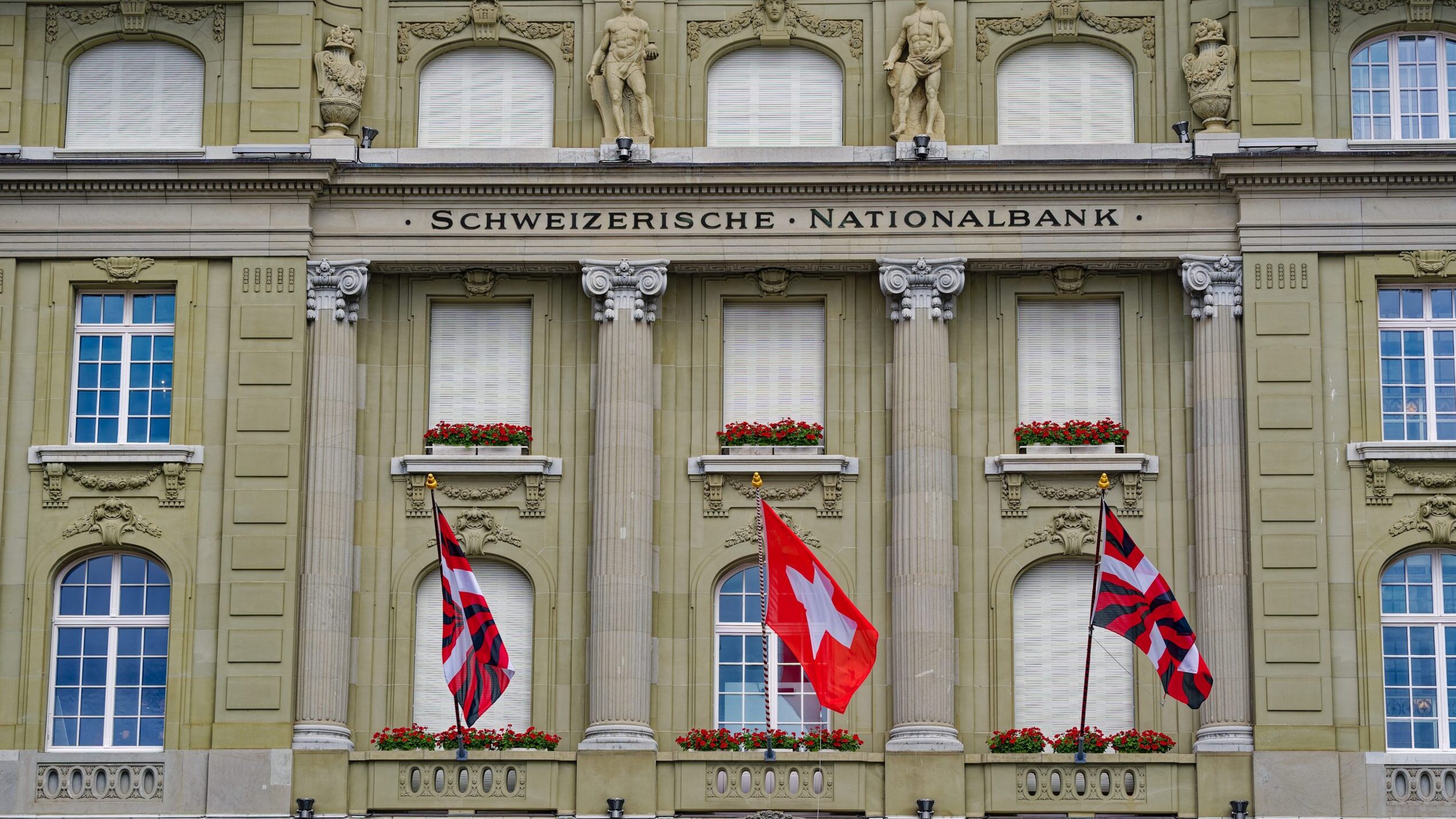Blockchain: The time is now!

As I wrote last December, I believe 2017 will be the year that blockchain gets “real”.
On a recent trip to New York I saw increasing evidence that this is so.
I was in Manhattan to visit clients and attend Consensus 2017, the world’s largest blockchain conference.
There was an incredible amount of excitement in the air – much of it due to the recent ICO and cryptocurrency bull market.
But there was plenty of substance too. From announcements like the record R3 funding, the Enterprise Ethereum Alliance tripling its membership and JP Morgan’s partnership with ZCash, to the demo of Blockstack’s new decentralized Internet browser or Toyota’s pioneering work in blockchains for mobility, you could see how this technology was making its way out of the lab and gaining toeholds in the real world.
This was not lost on my clients, of course. One of the questions I get most frequently these days is where does it go from here?
The six levers
While we do seem to be nearing some inflection point in blockchain, much remains uncertain and hard to predict.
To try and find some clarity, I have taken to analyzing near-term developments in blockchain technology in terms of six key levers I believe are needed to catalyze a full-scale breakthrough.
These are:
- First mover use cases. As only makes sense, first movers in this space have been focusing on the lowest-hanging fruit. We are seeing particular interest in areas like global payments, trade finance, automated compliance, and post-trade processing. With potential savings from efficiency gains of between 80 and 110 billion US dollars, we can expect some dramatic wins. It pays to keep track of how early successes are faring.
- Business networks and consortia. I believe the “end game” for blockchain will be as the backbone of large-scale, open, decentralized business platforms. A first step along this road is for companies to organize themselves into blockchain-based business networks and consortia. I don’t mean technology-oriented consortia like R3 or Hyperledger, but rather platforms around actual use cases. Ripple, for example, has built a blockchain-based direct settlement network with some 30 banks. Seven banks recently got together to form Digital Trade Chain, a project to build a blockchain-powered cross-border trade finance platform for small and medium-sized companies in Europe. Others can profit by observing how such early networks and consortia function.
- Technology convergence. Blockchain, of course, is only part of this picture. Tomorrow’s business platforms will be powered by a convergence of a number of key technologies, from big data and machine learning to edge computing and robotic process automation. A result will be a blurring of the lines between industries. It is important to understand how this blurring will transform the way we all do business.
- Decentralized business models. New, decentralized business platforms mean new, decentralized business models. While we have long talked about business model disruption, we are now starting to see it. Storj, for instance, has built the world’s largest decentralized digital storage platform on blockchain. Lykke is building a global, decentralized financial marketplace. Chronobank is doing the same with recruiting talent. Anyone looking at new models for their business should be aware of the approaches used by these pioneers.
- Tipping point. Success is often a question of timing, and it will be no different in this space. When can we expect large-scale breakthroughs? The tipping point for a new technology is generally when it approaches 15% of the market. To be a first mover you will want to be in position latest by then.
- Blockchain ecosystem Finally, a main driver of blockchain breakthrough will be successful collaboration within the blockchain ecosystem. Here is where the technology-oriented consortia like R3, the Enterprise Ethereum Alliance or Hyperledger play a big role, as well as industry specific consortia, associations, regulators and even central banks. Companies should be aware and actively manage their ecosystem landscape.
The time is now
I think these levers can be a good lens through which to try and make sense of what is going on in blockchain. They can also be used as bellwethers: paying attention to developments in these areas can provide indications of where and when significant breakthroughs could appear.
The important thing – at least in my opinion – is to keep your eyes open and start to get active.
If there is one thing I tell my clients who are looking at blockchain for their businesses, it’s that the time is now.
Latest Posts
Read All Posts-

Microsoft invests $1.5 billion in AI firm G42 | Software giant Salesforce in advanced talks to buy Informatica | Revolut valuation raised 45% by investor
-

Microsoft will unveil new Windows and cloud AI features in May | Google Cloud wins major Financial Services deals | Reality check on the $340B Generative AI opportunity in Finance
-

Spot Bitcoin ETFs change the digital asset market | Embedded Finance market to be worth $22bn by 2028 | Ripple to launch U.S. dollar stablecoin
Post A Comment